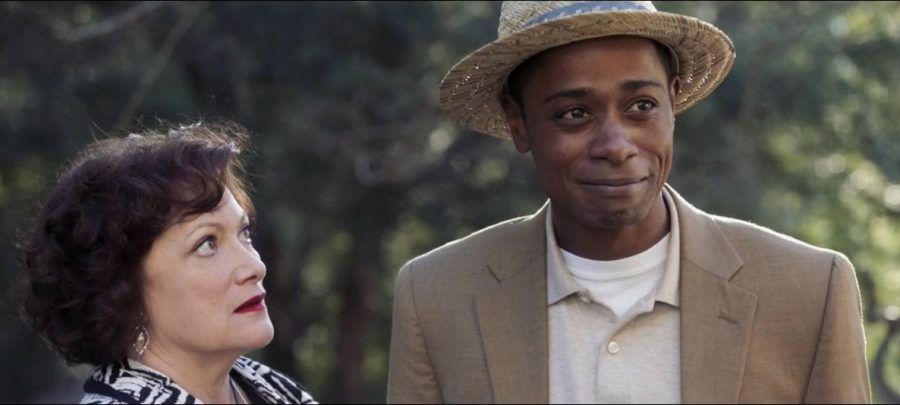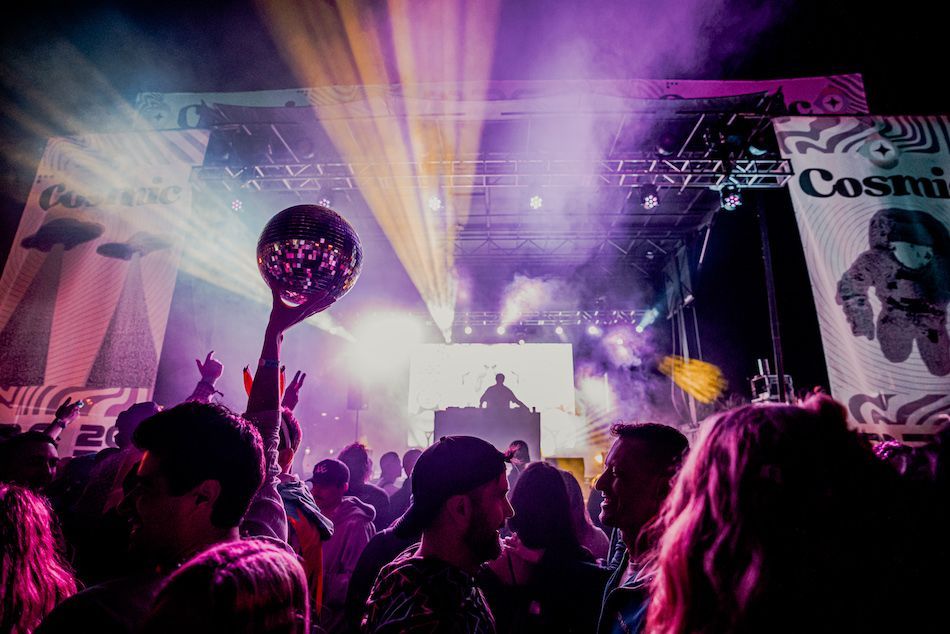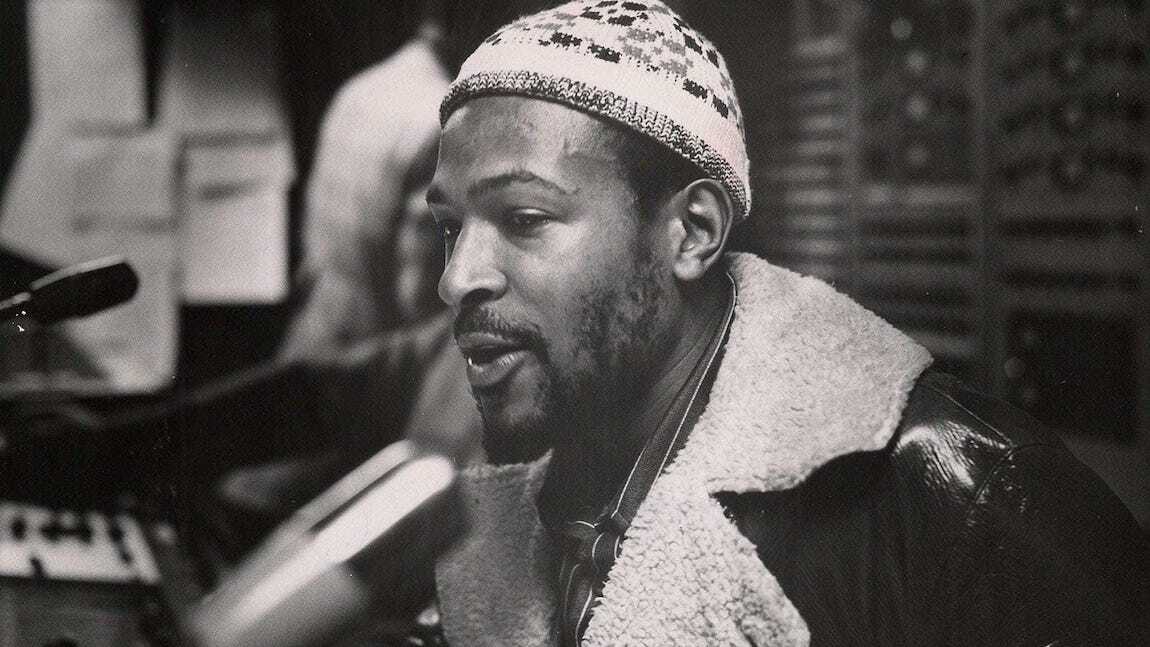The Rise of Social Commentary in Film
In the early 1970s, movies were often the center of social discussion, as the culture faced problems ranging from militarism to conformity to drug use. As a result, a new form of film criticism was born. In the 1970s, the rise of social commentary was fueled by filmmakers' hope that their films would inspire change in society. This shift in attitude ushered in a new kind of artistic creativity.


The rise of social commentary is becoming an important part of pop culture. The racial issues surrounding women in the United States have become central to pop culture criticism. The 2012 controversies surrounding the all-white HBO television series Girls are an example of the increasing influence of social problems in film. In fact, many films are now making political statements about current events. There is a lot of social commentary in film.
Social commentary in film is an increasingly common phenomenon. As a result, the rise of social commentary in cinema is becoming an increasingly popular form of cinema. While a film may not be politically motivated, it can still be political. In fact, it is not unusual for a film to use the words of a political issue to make its point. Its inclusion in mainstream media is a good sign. But it is also a sign of a thriving film industry.
There is a growing amount of social commentary in the film industry. It is becoming an increasingly common genre, as American movies become less auteur-ish and more violent. Some films have even been regarded as "socially conscious" because they are trying to make us think in new ways. The rise of social commentary in film is not just a fad or a trend. It is part of our culture that is important for the future of cinema.




